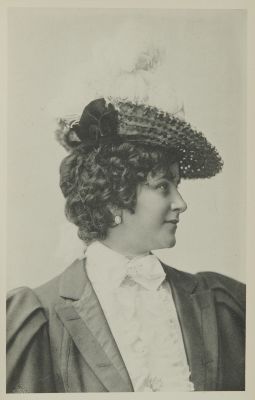
Title
Röntgen-Photographie von Phrynosoma CornutumArtists
Eder, Josef Maria (Austrian, 1855-1944)Valenta, Eduard (Austrian, 1857-1937)Publication
Jahrbuch für Photographie und Reproductionstechnik für das Jahr 1897Date
1897Process
PhotogravureAtelier
Rud. SchusterImage Size
10.8 x 7.6 cm
The discovery of the ‘X-ray’ had profoundly significant effects upon modern culture; it pushed the boundaries of science and medicine, operated as spectacle for public entertainment, nourished beliefs in the paranormal and provided a subject through which printed media could raise emerging modern social and ethical issues. The fascination with X-rays has been described as a ‘mania [that] swept the West’. At least forty-nine books and 1,044 scientific essays on the subject appeared in the first year of its discovery. Whilst X-radiation generated incredible cultural and scientific fascination, it was also enveloped into other media, from writing and literature to film and painting.
Eder was the director of an institute for graphic processes and the author of an early history of photography. With the photochemist Valenta, he produced a portfolio in January 1896, less than a month after Wilhelm Conrad Röntgen published his discovery of X-rays. Eder and Valenta’s volume demonstrated the X-ray’s magical ability to reveal the hidden structure of living things. Human hands and feet, fish, frogs, a snake, a chameleon, a lizard, a rat, and a newborn rabbit are all presented in exquisitely printed photo-gravures, as are carved cameos and an assortment of natural materials. In an era when photography’s ability to accurately depict the visible world had become commonplace, this newfound capacity to record the invisible opened up a host of possibilities, both scientific and aesthetic. The careful compositions and shocking appearance of these “Experiments in Photography” link them to the previous century’s tradition of natural-history illustration and point toward the experiments of New Vision photographers in the 1910s and 1920s. [1]
References
[1] MET site www.metmuseum.org/art/collection/search/660053 cited 02/21/23


